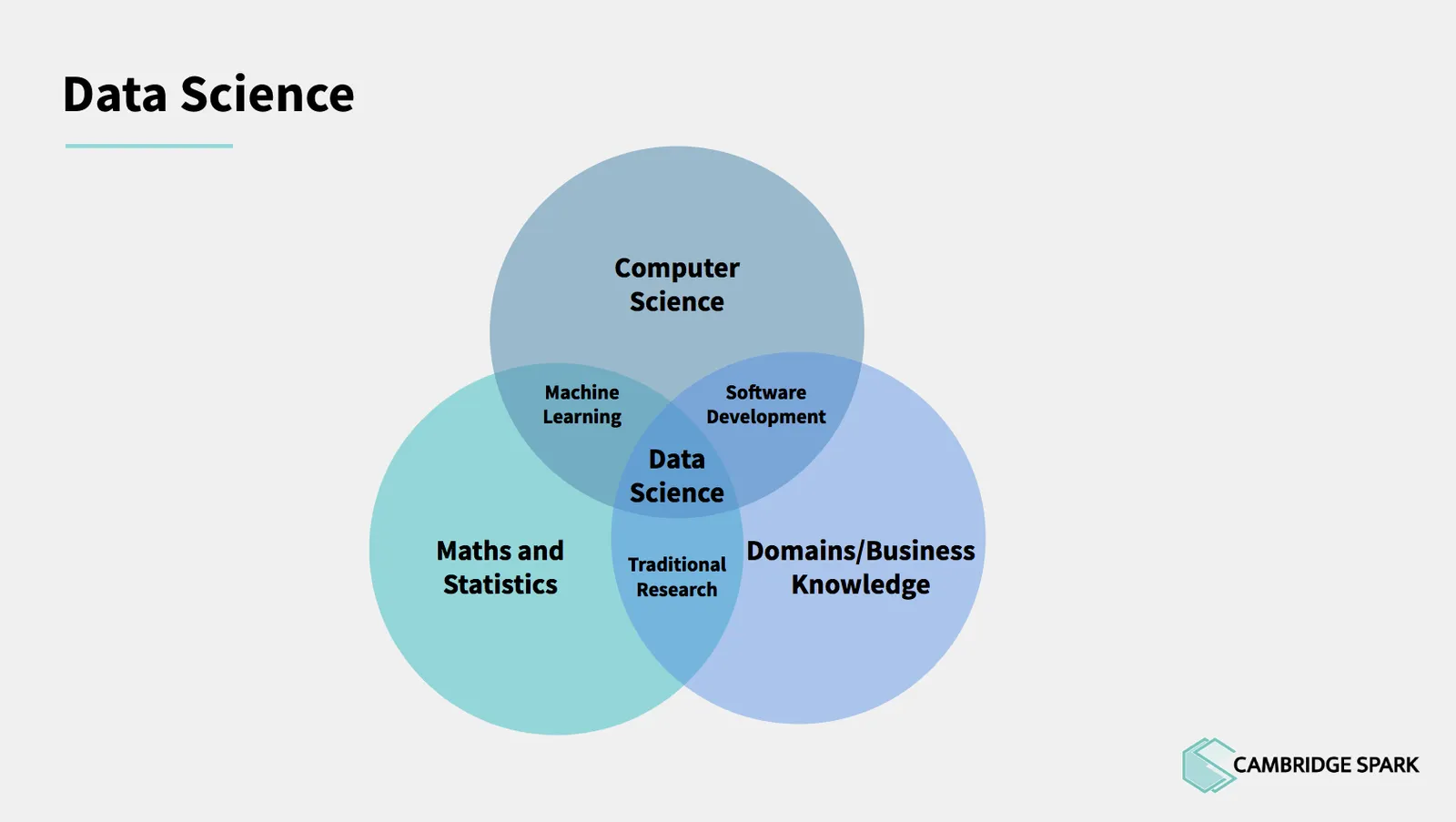Machine Learning projects are known to fail frequently, according to Gartner 85% of all AI projects fail and even 96% deal with problems. When it comes to new technologies a high degree is normal, but these numbers are alarming. That might be that requirements for machine learning are not met, no value is added or the model did not make it to production for engineering reasons. Often it is possible to identify potential problems beforehand. This article is about early identification of such pitfalls based on my experience in applied machine learning for the last five years.
General requirements
Machine learning projects should automate decisions. This can be just about anything, from the final decision what is shown on an image (image classification), which recommendations a user gets (recommender systems) or which machine needs to be maintained (predictive maintenance).
To make machine learning projects successful there are some major requirements, which can be assessed beforehand. These four are potential blockers (Quantity, Quality, Complexity, Explainability)
At this point it should be mentioned that this article is not about research, but applied machine learning.
Quantity
The most important aspect for the reasonableness of a ML project is the amount of decisions that have to be made (and how much time is saved). It is not worthwhile to develop a machine learning system that automates rare decisions or even frequent ones, which in total hardly cost any time. The development effort is simply too expensive. Training an image recognition model that can perform a visual inspection of objects a few times a day is rarely worthwhile. Machine Learning is a tool for optimizing **frequent **and **repetitive **tasks.
#data-science #machine-learning
